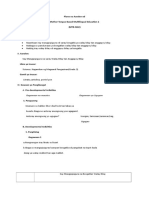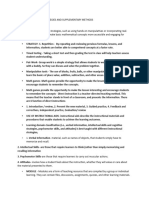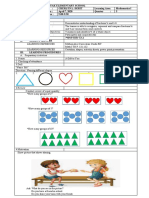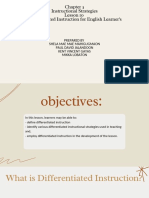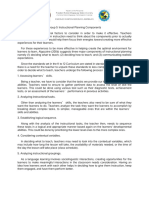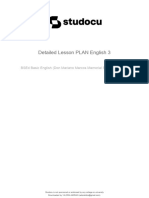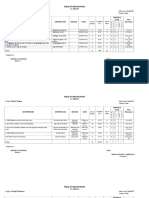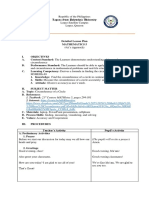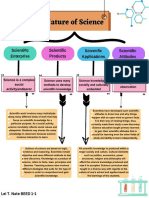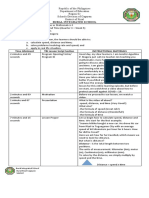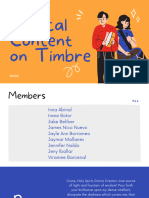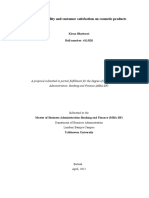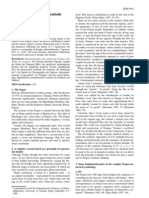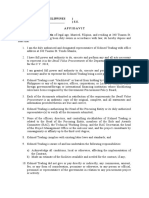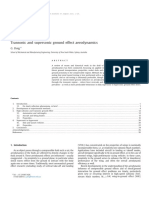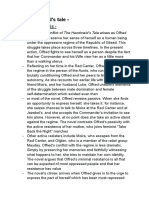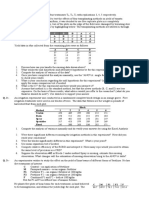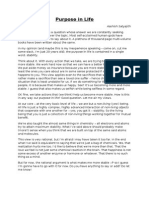0% found this document useful (0 votes)
1K views12 pagesSelf Directed Learning
The document discusses self-directed learning, which is defined as students taking initiative to diagnose learning needs, formulate goals, identify resources, select strategies, and evaluate outcomes. It provides guidelines for conducting self-directed learning, including establishing expectations, keeping students on track, using step-by-step materials, choosing ready materials, and giving enough time.
Uploaded by
Angela RamirezCopyright
© © All Rights Reserved
We take content rights seriously. If you suspect this is your content, claim it here.
Available Formats
Download as DOCX, PDF, TXT or read online on Scribd
0% found this document useful (0 votes)
1K views12 pagesSelf Directed Learning
The document discusses self-directed learning, which is defined as students taking initiative to diagnose learning needs, formulate goals, identify resources, select strategies, and evaluate outcomes. It provides guidelines for conducting self-directed learning, including establishing expectations, keeping students on track, using step-by-step materials, choosing ready materials, and giving enough time.
Uploaded by
Angela RamirezCopyright
© © All Rights Reserved
We take content rights seriously. If you suspect this is your content, claim it here.
Available Formats
Download as DOCX, PDF, TXT or read online on Scribd
/ 12















